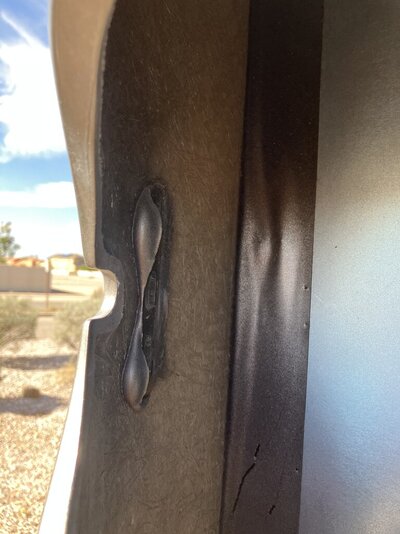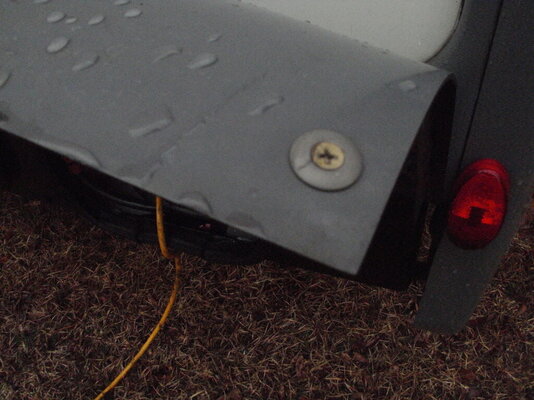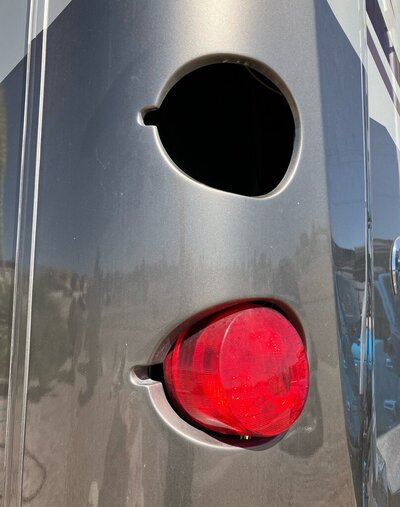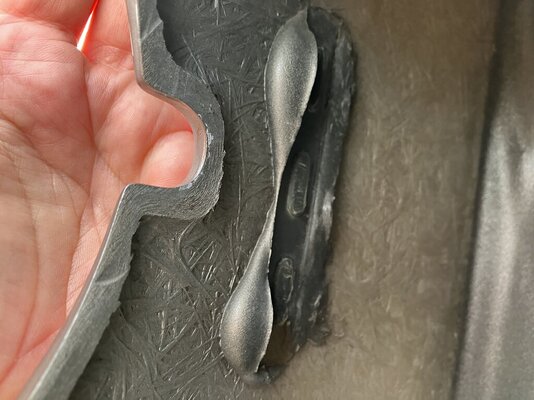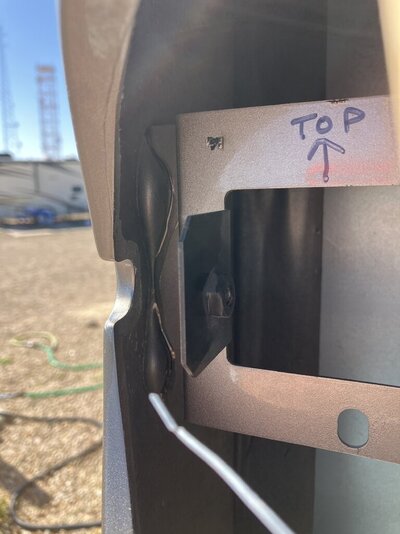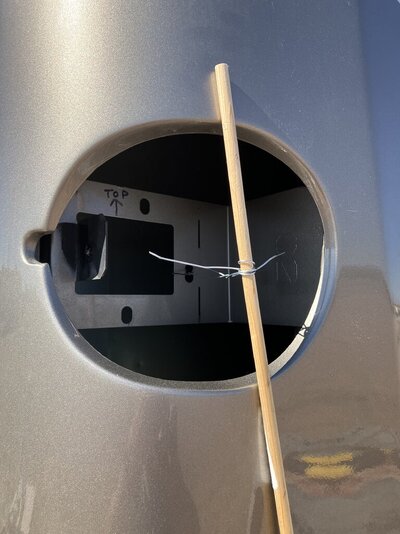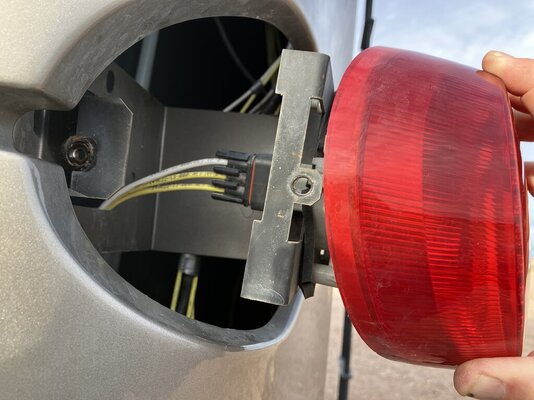Doc Roads
Well-known member
An overly enthusiastic wash rack attendant pushed too hard on my tail light. Apparently, they are glued in place and if you push too hard, you push in the light. Now I will have to glue it back in place. Conceptually, it seems straight forward but probably is not.
First, what glue do I need to buy? Second, surface prep may be tricky because it’s glued to the exterior fiberglass. Any tips on getting the old glue out and new glue in place? (and be confident it will stay)
I’m pretty sure I can do this but … It never hurts ask the forum.
First, what glue do I need to buy? Second, surface prep may be tricky because it’s glued to the exterior fiberglass. Any tips on getting the old glue out and new glue in place? (and be confident it will stay)
I’m pretty sure I can do this but … It never hurts ask the forum.

